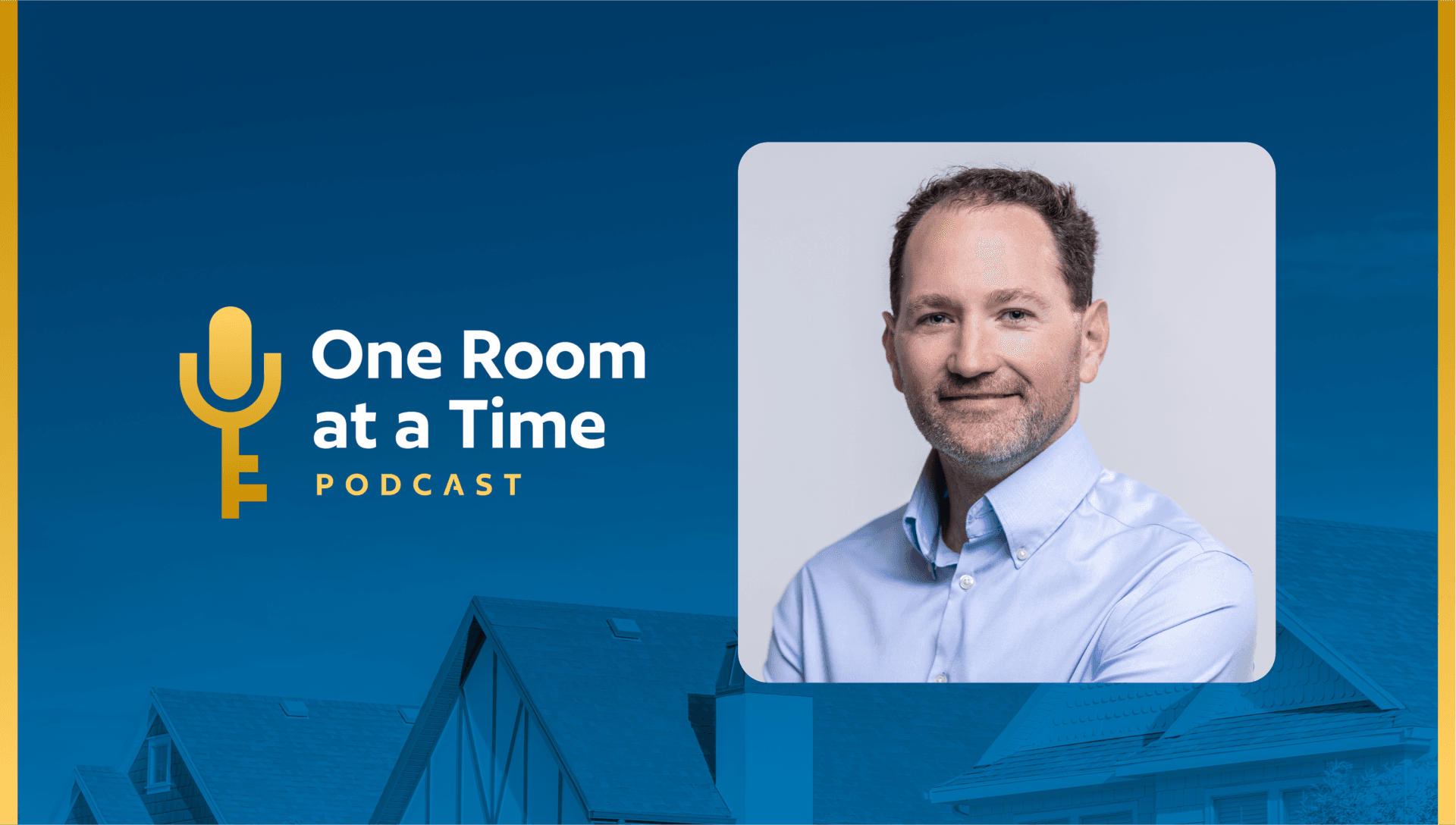Key Takeaways
- Four precision occupancy metrics replace confusing industry averages with real data from actual bookings and verified transactions.
- True occupancy shows what percentage of your total investment is generating revenue right now (includes all rooms, even those offline).
- Attainable occupancy reveals how quickly move-in-ready rooms fill, indicating pure market demand strength.
- Mature occupancy metrics exclude properties under 90 days old to provide realistic long-term performance baselines.
- Single occupancy numbers mislead – you need all four perspectives to make informed investment decisions.
- Guaranteed data consistency across all PadSplit tools means the same numbers appear in every report and dashboard.
- Real-time calculations include future move-ins and verified transactions only – no estimates or marketing projections.
- Complete transparency gives you the same analytical framework PadSplit’s internal teams use to evaluate properties.
When evaluating PadSplit for your rental property, occupancy rates will make or break your investment success. Higher occupancy doesn’t just mean more income—it means predictable cash flow, eliminated vacancy stress, and maximized returns on every dollar invested. But here’s the crucial question most platforms won’t answer clearly: What does their “occupancy” number actually represent?
At PadSplit, we’ve eliminated the guesswork with four precision-engineered occupancy metrics, each answering a different strategic question about your property’s performance. Unlike vague industry averages or cherry-picked statistics, these calculations are built from real resident data, actual bookings, and verified transactions, giving you the same analytical framework our internal teams use to evaluate market health and investment viability.
Why occupancy rates aren’t always what they seem
Ask any property manager about occupancy rates, and you’ll get a shiny percentage that sounds impressive—until you dig deeper. That “95% occupied” might exclude the three units offline for plumbing repairs, the studio that’s been vacant for six weeks between tenants, or the seasonal dip that happens every January. Welcome to “marketing math,” where the numbers look great on paper but don’t reflect reality.
The problem runs deeper than creative accounting. Industry benchmarks lump together luxury downtown lofts with suburban family rentals, beachfront condos with urban studios. A 90% occupancy rate means something completely different for a short-term vacation rental in Miami versus a long-term apartment complex in Minneapolis. Yet most platforms treat these as equivalent data points.
What often gets overlooked in these polished percentages are the real costs that eat into your profits: the two-week gap between tenants, the month-long renovation that wasn’t planned, and the shoulder season when bookings drop by half. These aren’t exceptions—they’re the norm. And when you’re making investment decisions based on incomplete data, that “exceptional” performance suddenly becomes a costly surprise.
Here’s what our occupancy terms mean at PadSplit.
1. True occupancy: Your revenue reality check formula
Formula: Occupied Rooms ÷ Total Rooms (active + inactive)
- Purpose: Shows the percentage of your total investment that is actively generating revenue now.
- Includes: All rooms—ready, in repair, or offline.
- Example: 73 rooms occupied out of 100 total → 73% true occupancy
- Why it matters:
- Complete ROI picture
- Realistic expectations
- Cash flow planning
This is the metric that answers your most important question: “What percentage of my investment is actually working for me today?”
2. Attainable occupancy: Your market demand indicator
Formula: Occupied Rooms ÷ Available Rooms (active & ready to rent)
- Purpose: Shows how quickly move-in-ready rooms fill.
- Excludes: Rooms in cleaning or repair.
- Example: 72 rooms occupied out of 85 available → 85% attainable occupancy
- Why it matters:
- Pure market strength
- Competitive positioning
- Revenue velocity
- Expansion intelligence
This answers your key strategic question: “When I have a room ready to rent, how confident can I be that the market will fill it quickly?”
3. Mature true occupancy: Your long-term performance baseline formula
Formula: True occupancy, excluding properties < 90 days old
- Purpose: Removes the “ramp-up” period for new properties.
- Why it matters:
- Realistic ROI projections
- Portfolio planning
- Market stability insight
- Expansion timing
This answers your crucial planning question: “What can I realistically expect my property to achieve once it’s fully established in the market?”
4. Mature attainable occupancy: Your peak performance Benchmark
Formula: Attainable occupancy, excluding properties < 90 days old
- Purpose: Combines market demand + operational maturity for a performance ceiling.
- Why it matters:
- Performance ceiling
- Investment confidence
- Operational excellence benchmark
- Competitive advantage indicator
This answers your most ambitious question: “What’s the maximum performance I can achieve when my property is fully optimized and the market conditions are ideal?” You can absolutely reach 100% attainable occupancy or even true occupancy rates when your property, listing, and location are fully optimized. Many smaller host portfolios have successfully achieved this level of performance.
Why this four-metric framework changes everything
Most platforms provide a single occupancy number and expect you to make investment decisions based solely on that. We believe you deserve the complete strategic picture.
Each metric serves as a different lens through which to evaluate opportunity and risk:
- True occupancy: “What’s my actual ROI across my total property investment?”
- Attainable occupancy: “How strong is current market demand when inventory is available?”
- Mature true occupancy: “What should I expect once my property reaches steady-state performance?”
- Mature attainable occupancy: “What’s the maximum performance ceiling in an optimized scenario?”
The competitive intelligence advantage: While other platforms might cherry-pick their best-looking number or bury important context, this framework gives you the same analytical depth our internal investment teams use. You can assess immediate opportunity (attainable), plan for realistic returns (mature true), and set performance targets (mature attainable)—all with complete transparency about what drives each calculation.
Bottom line: Single metrics mislead. Complete frameworks empower. When you understand all four perspectives, you make better investment decisions, set realistic expectations, and identify the highest-potential opportunities in your market.
Guaranteed data consistency across all PadSplit tools
Your investment decisions demand reliable, consistent data, not numbers that change depending on which report you’re reading. These four occupancy formulas remain identical across every platform.
Advanced accuracy features:
- Future move-ins included: When a resident has booked and been approved, we count them in occupancy calculations because they represent confirmed, contracted income, not hopeful projections
- Verified transactions only: Every occupancy calculation reflects actual resident activity and confirmed bookings—never estimates or marketing projections
This isn’t just data consistency—it’s investment confidence. When every tool shows the same numbers calculated the same way, you can move forward with complete certainty in your analysis.
Your strategic advantage in every number
Occupancy rates don’t just indicate earning potential—they determine investment success or failure. The difference between understanding and guessing these metrics can represent thousands in annual revenue per property, which is why we’ve eliminated every source of confusion and ambiguity.
What sets PadSplit apart: While other platforms might show you cherry-picked statistics or vague industry averages, every occupancy percentage you see represents verified resident activity, actual bookings, and real cash flow from properties just like yours. No marketing spin, no inflated projections—just the intelligence you need to build a profitable rental portfolio.
The competitive edge: When you see any occupancy percentage in your PadSplit dashboard, market report, or investment analysis, you’re accessing the same data framework our internal teams use to evaluate market health and property viability. That’s not just transparency—it’s your unfair advantage in making investment decisions with complete confidence.
Every number tells the complete story. Every metric serves your success. Every calculation is built to help you win.
Take the next step to smarter investing
Ready to see how your property will perform?
- Use our earnings calculator
- Log in to your PadSplit Host Dashboard to view your own occupancy metrics today.
- Schedule a free consultation to review your market’s attainable occupancy and explore your growth potential.
Don’t just guess your returns — measure them with precision and make every room work for you.



